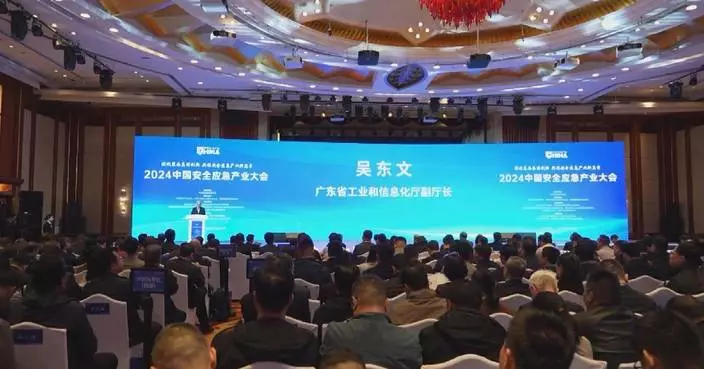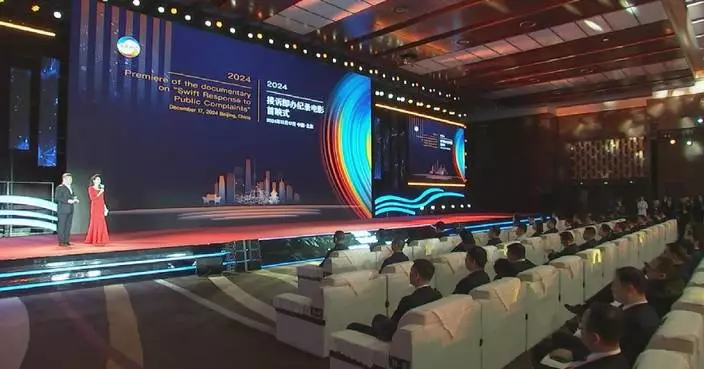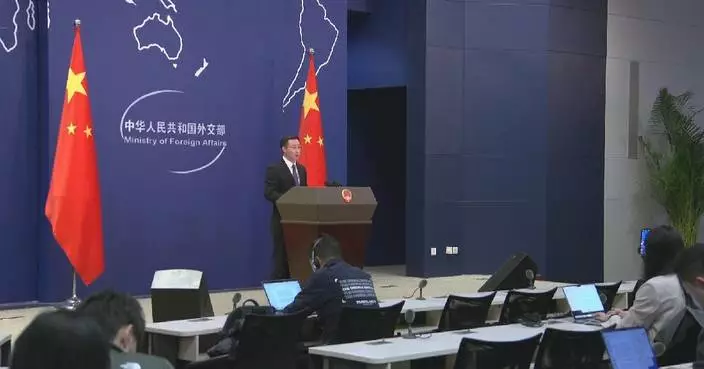Humanoid robots and mind-controlled robotic dogs are captivating the visitors at the 2024 World Robot Conference in Beijing, where China's advancements in robotics, particularly in brain-computer interfaces (BCI), are catching much limelight.
In the exhibition area dedicated to robotic hands, visitors were amazed by the dexterity demonstrated by these machines.
The robotic hands, equipped with visual cameras and powered by advanced artificial intelligence (AI), can identify, plan and execute a range of complex actions with precision.
These hands, which has the ability to operate more than a dozen tools, can be mounted on various robotic bases, thanks to AI models trained extensively on human hand movement data.
"The operation and control of a dexterous robotic hand require the highest level of intelligence. Based on AI technology, the fingertip tactile sensors and palm sensors on a dexterous robotic hand can identify the physical properties of objects. For example, it can determine an object's shape, softness, or hardness, and even identify its material, enabling stable grasping," said Sun Fuchun, director of the Intelligent Robotics Center at Tsinghua University’s Institute for Artificial Intelligence.
In another demonstration, visitors were left in awe as a researcher showcased a robotic dog controlled solely by thinking, which was made possible through brain-computer interface (BCI) technology.
This innovative system captures specific brainwave patterns when the user, wearing a specialized headset, focuses on flashing images. These brainwaves are then translated into commands that direct the robotic dog’s movements, highlighting the revolutionary potential of BCI in human-machine interaction.
"Through these glasses, I can see a series of flashing images. By focusing on these flashing buttons, I can command the robotic dog to move forward, make turns, and perform other operations. It's as if my brain has become a joystick for controlling the robotic dog," explained Chen Shengchao, a PhD candidate in medical-engineering intersection at the School of Mechanical Engineering of Xi'an Jiaotong University.
Researchers emphasize that this technology holds significant promise, especially in the medical field. For instance, exoskeleton robots powered by BCI could help patients with central nervous system injuries regain motor functions, offering new possibilities in rehabilitation and assistive tools.
"The brain-computer interface primarily involves recognizing and collecting signal patterns. I hope for breakthroughs in energy efficiency or specific applications in the future, where neuromorphic computing could become a significant area of focus," said Zhao Mingguo, director of the Robotics Control Laboratory at Tsinghua University’s Department of Automation.
These innovations underscore the rapid strides being made in robotics, with far-reaching implications for the future of human-machine collaboration.
The five-day conference will conclude on Sunday.
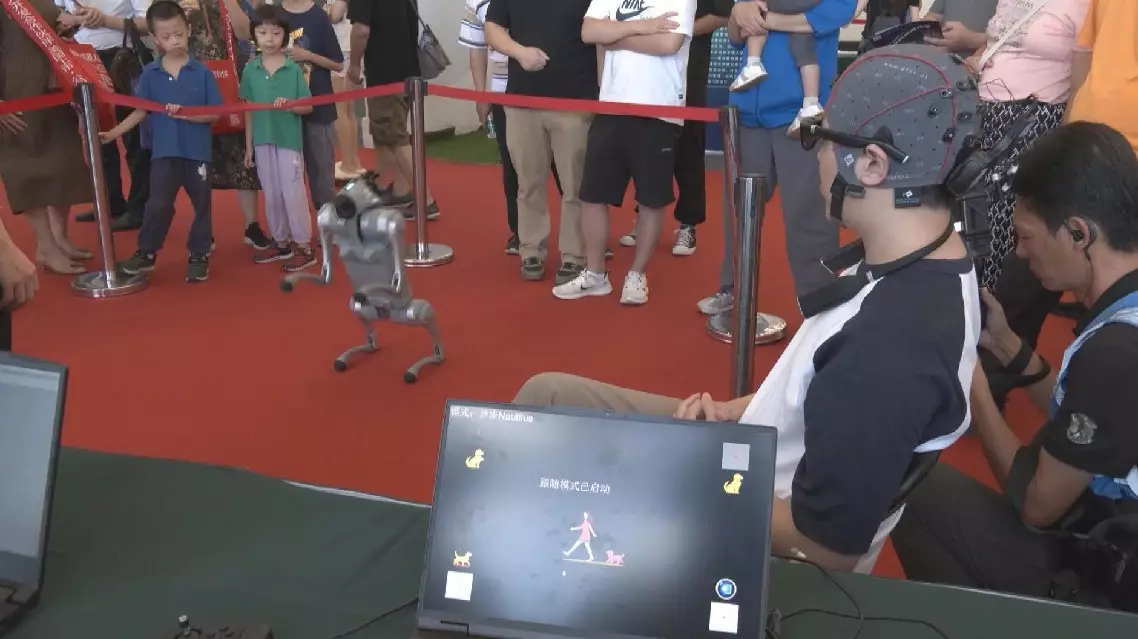
Robotic hands, "mind-controlled" dog dazzle visitors at World Robot Conference
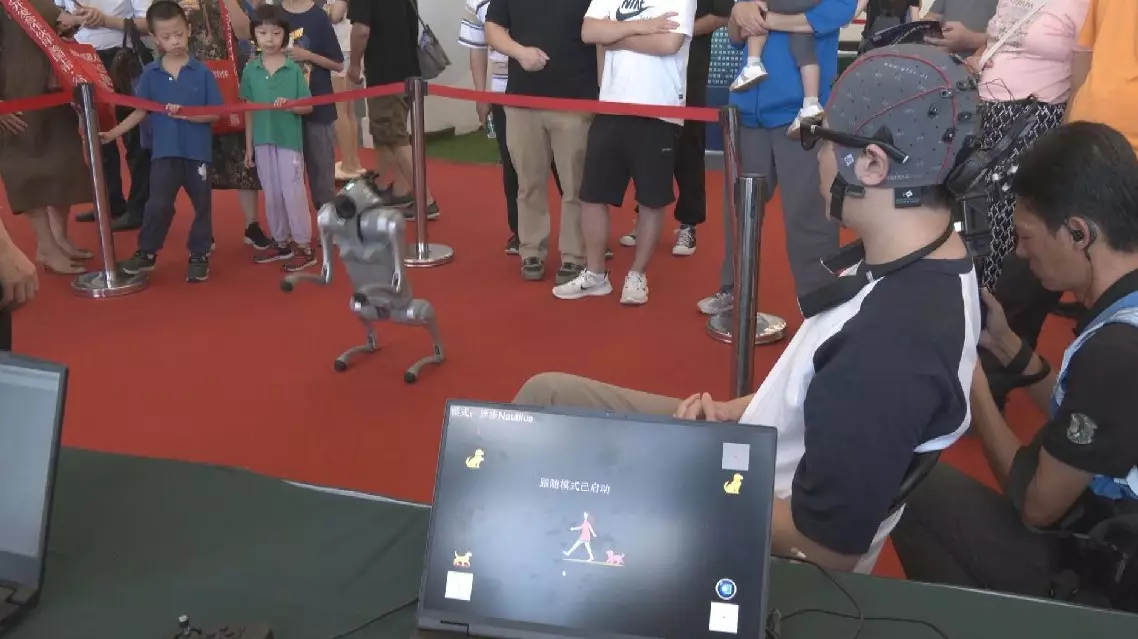
Robotic hands, "mind-controlled" dog dazzle visitors at World Robot Conference
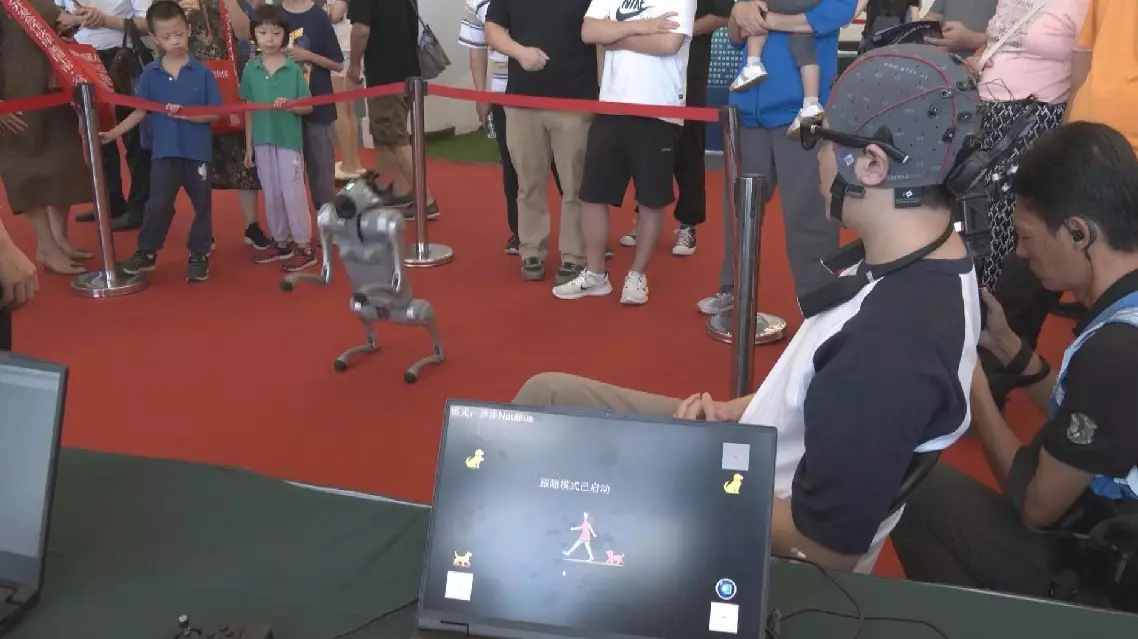
Robotic hands, "mind-controlled" dog dazzle visitors at World Robot Conference






